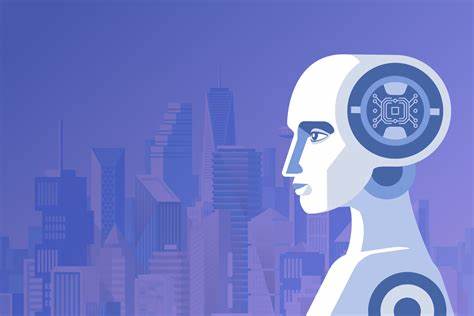
Introduction
Artificial Intelligence and Machine Learning have revolutionized various industries, and their impact on smart buildings is becoming increasingly significant. In this article, we will explore the concept of AI and ML in the context of smart buildings and discuss their relevance and importance.
Historical Background
To understand the current state of AI and ML in smart buildings, it is essential to delve into their historical background. Over the years, AI and ML have evolved to become powerful tools for optimizing building performance and enhancing occupant experience.
Key Concepts and Definitions
In this section, we will define and explain the key concepts related to AI and ML in smart buildings. AI refers to the simulation of human intelligence in machines that can perceive, reason, and learn from data. ML, on the other hand, is a subset of AI that focuses on enabling machines to learn from data without being explicitly programmed.
Main Discussion Points
How AI and ML can optimize energy consumption in smart buildings
AI and ML algorithms can analyze data from sensors to optimize heating, ventilation, and air conditioning (HVAC) systems in smart buildings. By leveraging historical data and real-time information, these algorithms can make accurate predictions and adjustments to minimize energy consumption. The benefits of energy optimization include significant cost savings and a reduced environmental footprint.
The role of AI and ML in enhancing security and safety in smart buildings
Through data analysis from surveillance cameras, access control systems, and other sensors, AI and ML can detect anomalies and potential threats in smart buildings. Facial recognition systems powered by AI can enhance security by accurately identifying authorized personnel and potential intruders, bolstering the overall safety of the building.
The impact of AI and ML on occupant comfort and productivity in smart buildings
AI and ML algorithms can personalize environmental factors such as temperature and lighting based on individual preferences. This level of personalization enhances occupant comfort and can contribute to increased productivity. Additionally, AI-powered virtual assistants can provide convenience and streamline tasks for building occupants, further improving their overall experience.
The integration of AI and ML with IoT devices in smart buildings
AI and ML algorithms can analyze data from various Internet of Things (IoT) devices to optimize building performance. By integrating AI and ML with IoT devices such as smart thermostats and lighting systems, buildings can operate more efficiently and effectively. However, this integration also comes with challenges, including data privacy and security concerns.
Case Studies or Examples
Several real-world examples demonstrate the successful implementation of AI and ML technologies in smart buildings. These case studies highlight the tangible benefits and outcomes achieved through the utilization of AI and ML for optimizing energy consumption, enhancing security, and improving occupant experience.
Current Trends or Developments
The field of AI and ML in smart buildings is continually evolving. This section will discuss the latest trends, developments, and research findings related to AI and ML in smart buildings, providing insights into the current state of the industry.
Challenges or Controversies
While the benefits of AI and ML in smart buildings are evident, there are also challenges and controversies surrounding their implementation. This section will address these challenges, controversies, and differing viewpoints to provide a balanced perspective on the topic.
Future Outlook
Looking ahead, the future implications and potential directions for AI and ML in smart buildings are vast. Increased automation, improved building performance, and enhanced occupant experiences are just a few potential outcomes. This section will speculate on the future outlook for AI and ML in smart buildings, considering the advancements and possibilities that lie ahead.
Conclusion
In conclusion, AI and ML play a crucial role in optimizing energy consumption, enhancing security, improving occupant comfort, and increasing productivity in smart buildings. The significance of their integration cannot be overstated, as they pave the way for more sustainable, efficient, and intelligent buildings.